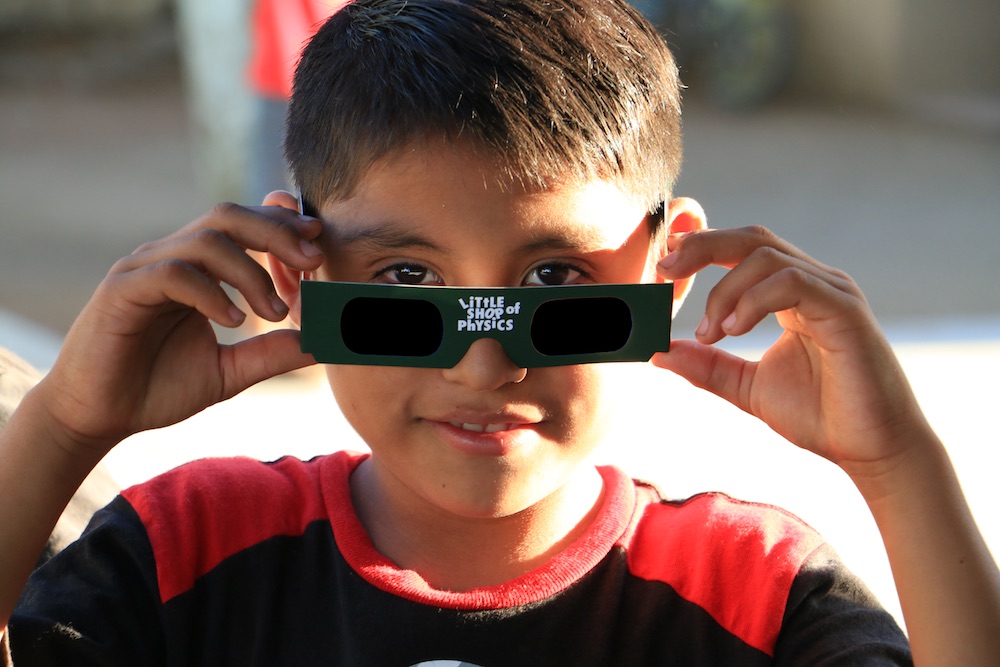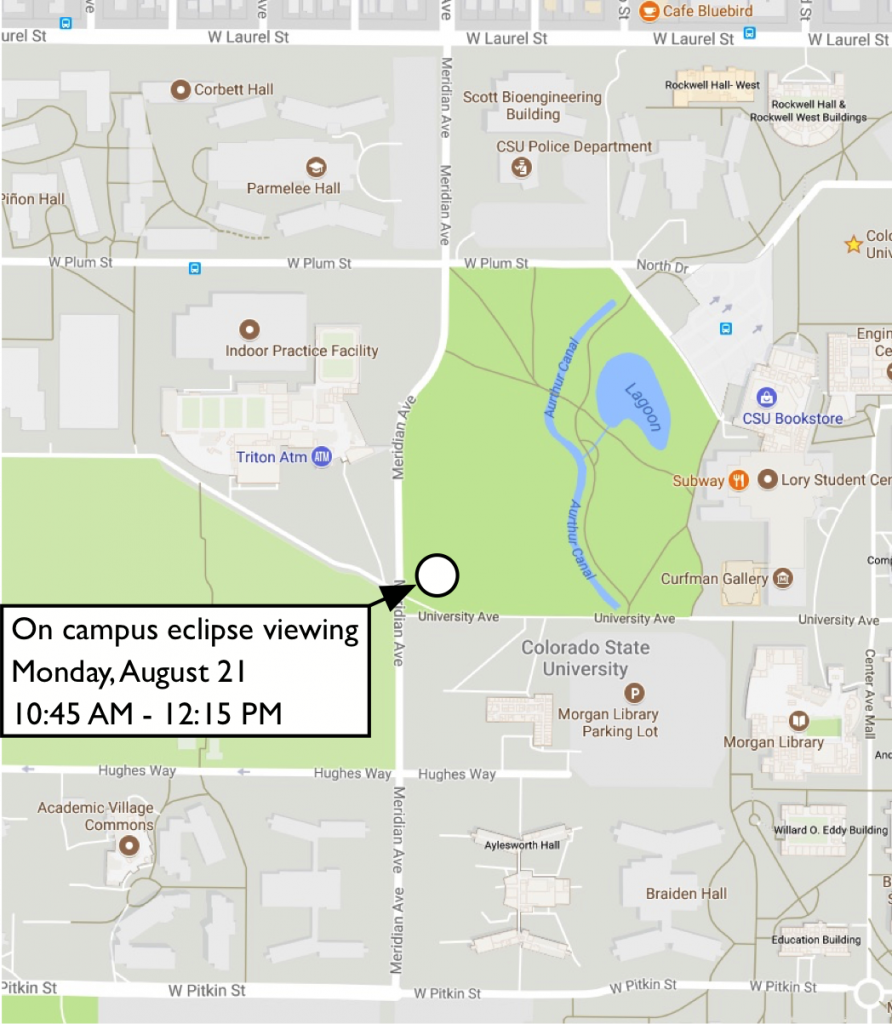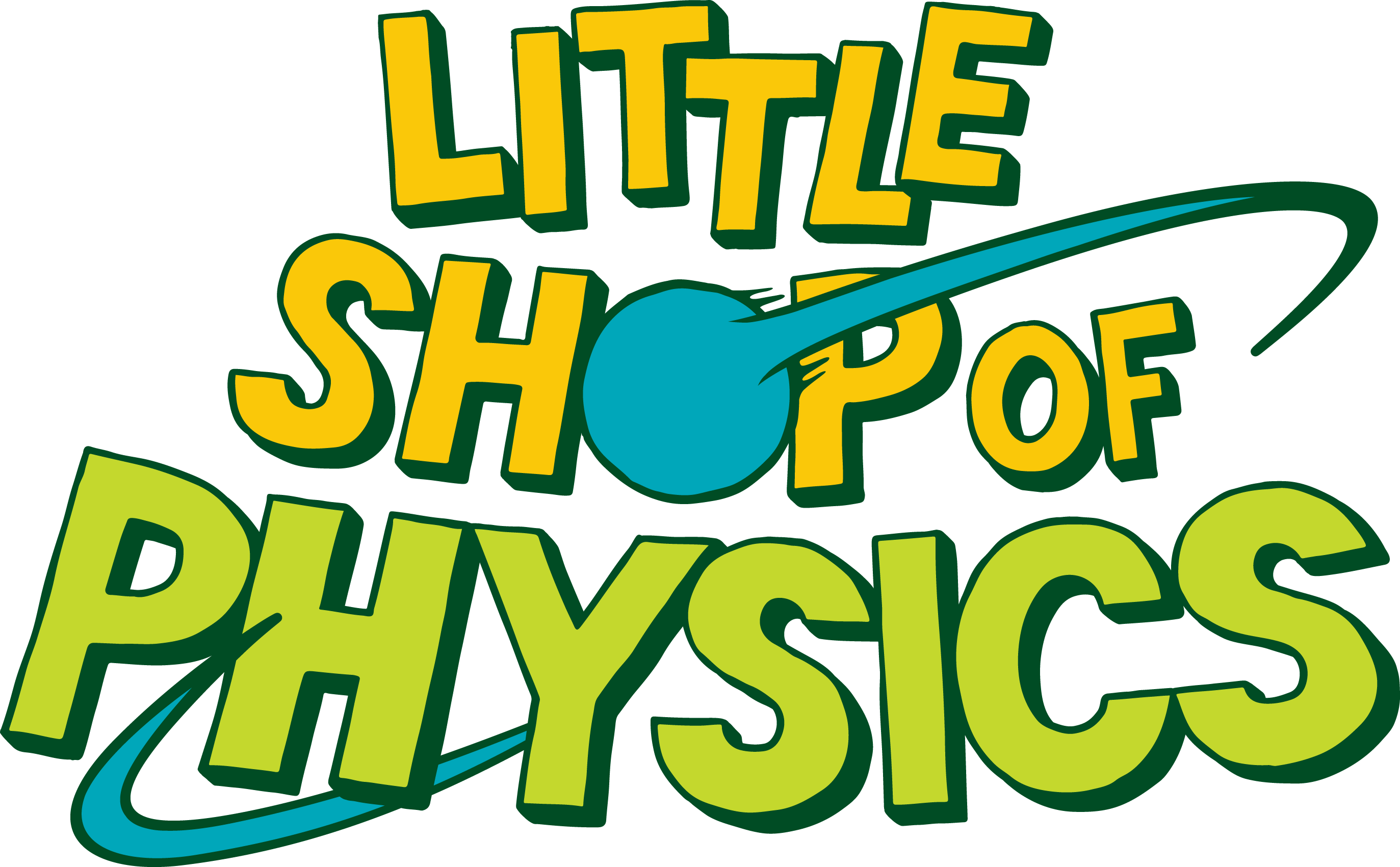Solar Eclipse, August 21, 2017
Safe Viewing
It is never safe to look at the sun unless 100% of the sun is blocked. Your eye will focus on the sun, and the spot where the light is focused can be damaged.
It is safe to look at the sun—during an eclipse, or any time—if you have the right glasses.
We will have glasses at our public events that have ANSI and ISO safety ratings from the company recommended by NASA for safe solar viewing.
But there are other ways to safely view the eclipse:
- Pinhole viewers. You can project an image of the sun with a hole (which need not be circular!) in a piece of paper or cardboard—or in a colander, or other kitchen item. The light that goes through the hole makes an image of the sun! Let the image fall on another piece of paper, or a smooth patch of ground.
- Trees. Look at the light through the leaves of a tree; this will make a set of small pinholes that will project images of the sun on the ground.
- Mirrors. You can use a small mirror (1 cm or so across is perfect) to project an image of the sun. Use the mirror to reflect light onto the side of a building or a distant screen—pick a surface that is in shadow. The reflected light will be a disk (on a normal day) or a crescent (on eclipse day)—it’s an image of the sun!
Eclipse Facts
- Think of the eclipse as a point in space. There is a cone of shadow behind the moon at all times. We see an eclipse when the earth goes through this cone. The path of the eclipse is the path of the shadow across the earth.
- Eclipses aren’t really rare. There is a total eclipse somewhere on Earth about every 18 months. What’s rare is the opportunity to be so near to the path of totality.
- A solar eclipse is generally followed or preceded by a lunar eclipse. When the Earth and the Moon are in the same plane, we have eclipses. There is a partial lunar eclipse two weeks before the solar eclipse, but it is only visible in Europe and Asia.
- After an eclipse, there is usually another eclipse 6 months later. This is when the sun is back at a lunar node. There is a partial eclipse on February 15, 2018.
Eclipse Day Event: On Campus
For those of you who will be on CSU campus for the eclipse, you can join an eclipse viewing event in the center of campus.
- On campus eclipse viewing
- Monday, August 21
- 10:45 AM – 12:15 PM
- We will have telescopes and other devices to project the eclipse, and eclipse glasses to share with everyone.
The eclipse starts at 10:23; maximum coverage (95%) will be at 11:47. The eclipse finishes at 1:14. The best viewing will be between 11:30 and 12:00.
The event will be on the intramural fields at the corner of University and Meridian, near the Student Recreation Center:
Questions?





